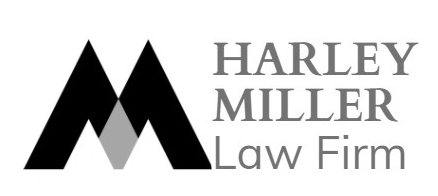The management of financial resources during the bankruptcy process of a business or cooperative is a critical aspect that involves a careful allocation of funds to cover various expenses. Understanding which fund the court employs to disburse these expenses is essential for all parties involved in the bankruptcy proceedings. This inquiry delves into the heart of the matter, shedding light on the financial mechanisms and sources that the court relies on to cover the costs incurred during the process of bankrupting a business. It explores the intricacies of financial management within the bankruptcy process, ensuring transparency and equitable treatment of all stakeholders.
Question
When the petitioner for bankruptcy proceedings is exempt from making a provisional payment for bankruptcy costs, the Court shall use which funds to cover the expenses involved in conducting the bankruptcy of the enterprise?
Answer:
According to Article 22 and Clause 2 of Article 23 of the Law on Bankruptcy, the petitioner requesting the initiation of bankruptcy proceedings must cover the bankruptcy fee and make a provisional payment for bankruptcy costs. However, exceptions exist where the petitioner is exempt from these payments, as outlined in Clause 2 of Article 5 and Point a of Clause 1 of Article 105 of the Law on Bankruptcy.
Clause 2 of Article 5 of the Law on Bankruptcy grants employees, grassroots trade unions, and superior trade unions at locations without grassroots trade unions the right to petition for the initiation of bankruptcy proceedings if the enterprise or cooperative fails to settle wages and other overdue debts for employees three months after the obligation arises.
Clause 6 of Article 9, Points e and g of Clause 1, Article 16, and Clause 3, Article 23 of the Law on Bankruptcy state that, upon the Liquidator, enterprise management, and asset liquidation’s proposal. The Judge can authorize them to sell the assets of the insolvent enterprise or cooperative after initiating bankruptcy proceedings to secure the bankruptcy costs.
According to the above provisions, when the petitioner for bankruptcy proceedings doesn’t need to make a provisional payment for bankruptcy costs, the Court assigns the Liquidator, enterprise management, and asset liquidation to sell some assets of the insolvent enterprise or cooperative to secure the bankruptcy costs.
Question:
However, there are practical difficulties as follows: In order to sell the assets, the Liquidator must complete the valuation of the assets and conduct an auction of the assets. So, where does the cost for these tasks come from?
Answer:
This issue has not been regulated by law. While awaiting the amendment of the law, the Courts can consider temporary solutions as follows: First, conduct the valuation and auction of assets. After completing the auction of enterprise assets, pay the cost to the responsible organization.
HMLF is always available to offer assistance in understanding the procedures with authorities.

Head office: 14th floor, HM Town building, 412 Nguyen Thi Minh Khai, Ward 05, District 3, Ho Chi Minh City.
Phone number: +84 937215585
Website: hmlf.vn Email: miller@hmlf.vn





